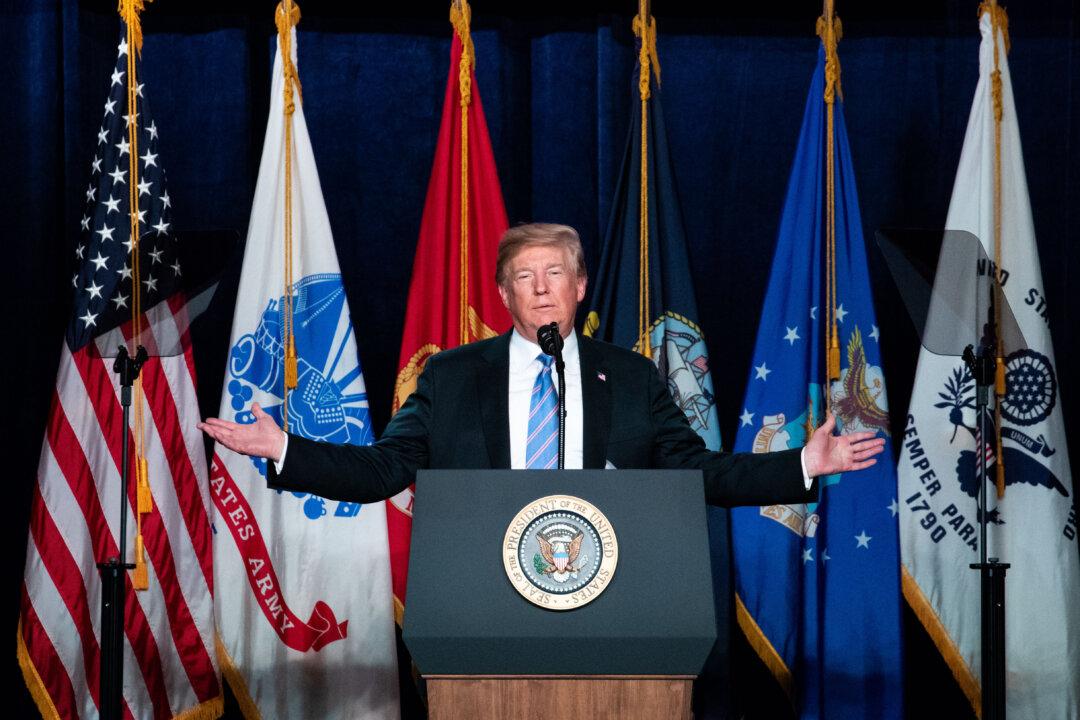President Donald Trump highlighted the chasm between the massive defense spending of the United States and that of other NATO members, putting member states on the defensive before the upcoming NATO summit in Brussels.
“The United States is spending far more on NATO than any other Country. This is not fair, nor is it acceptable,” Trump wrote in a July 9 tweet. “While these countries have been increasing their contributions since I took office, they must do much more.”





